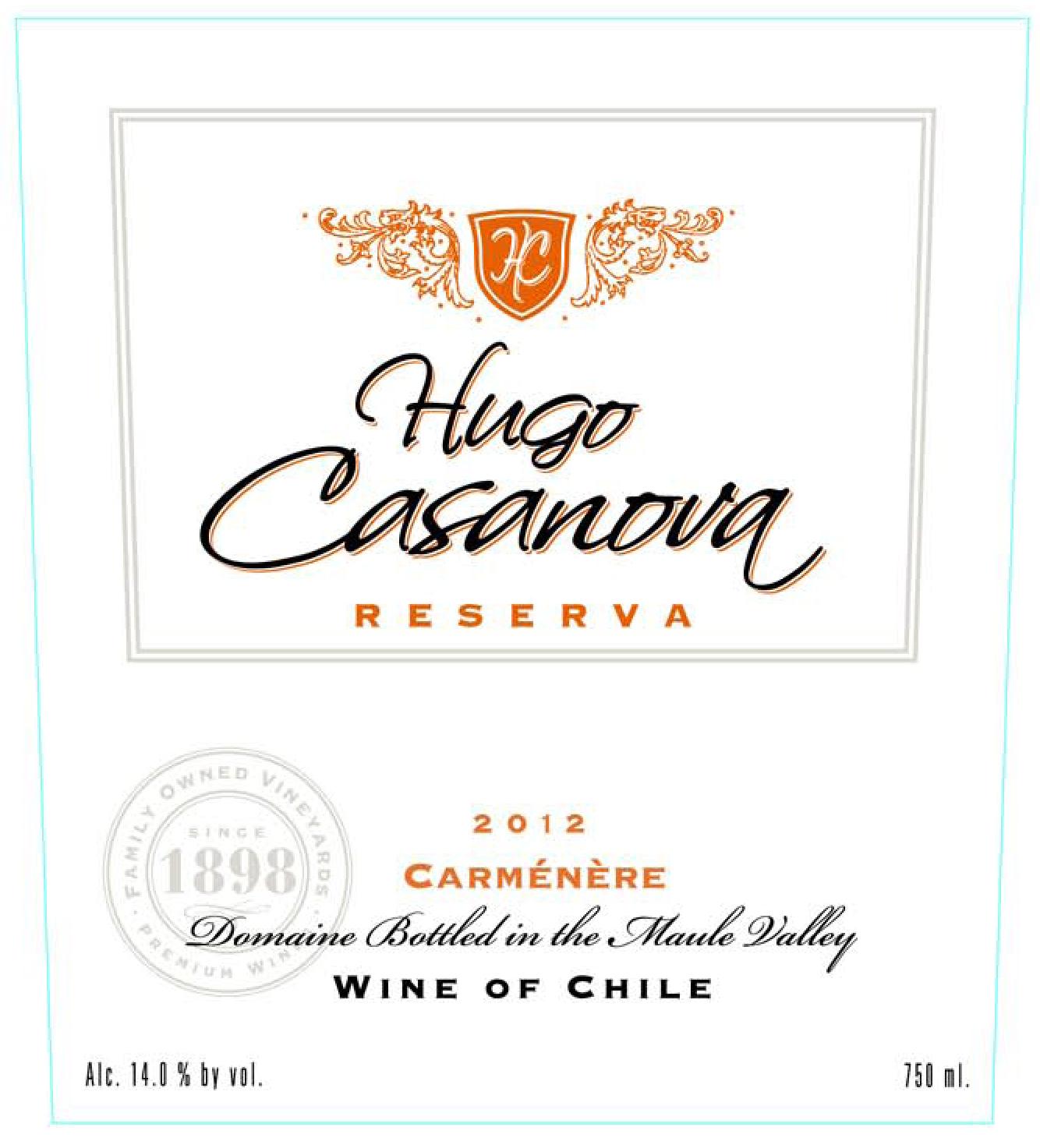2012 Maule Valley Carmenere
Hugo Casanova Carménère from the esteemed Maule Valley captivates with its deep red hue, offering an inviting appearance that hints at its complexity. The 2012 vintage showcases the varietal's characteristic flavors, with prominent notes of dark fruits such as blackcurrant and plum. The wine presents a medium-bodied profile, striking a balance that is both approachable and satisfying. Acidity is vibrant yet harmonious, contributing to a refreshing experience on the palate. Tannins are smooth and well-integrated, providing structure without overwhelming the delightful fruitiness. This Carménère is crafted to be dry, allowing the rich flavors to shine through, making it a fantastic companion for hearty dishes or simply enjoyed on its own. Overall, this wine radiates warmth and charm, embodying the essence of the Maule Valley.
Hugo Casanova Carménère from the esteemed Maule Valley captivates with its deep red hue, offering an inviting appearance that hints at its complexity. The 2012 vintage showcases the varietal's characteristic flavors, with prominent notes of dark fruits such as blackcurrant and plum. The wine presents a medium-bodied profile, striking a balance that is both approachable and satisfying. Acidity is vibrant yet harmonious, contributing to a refreshing experience on the palate. Tannins are smooth and well-integrated, providing structure without overwhelming the delightful fruitiness. This Carménère is crafted to be dry, allowing the rich flavors to shine through, making it a fantastic companion for hearty dishes or simply enjoyed on its own. Overall, this wine radiates warmth and charm, embodying the essence of the Maule Valley.




